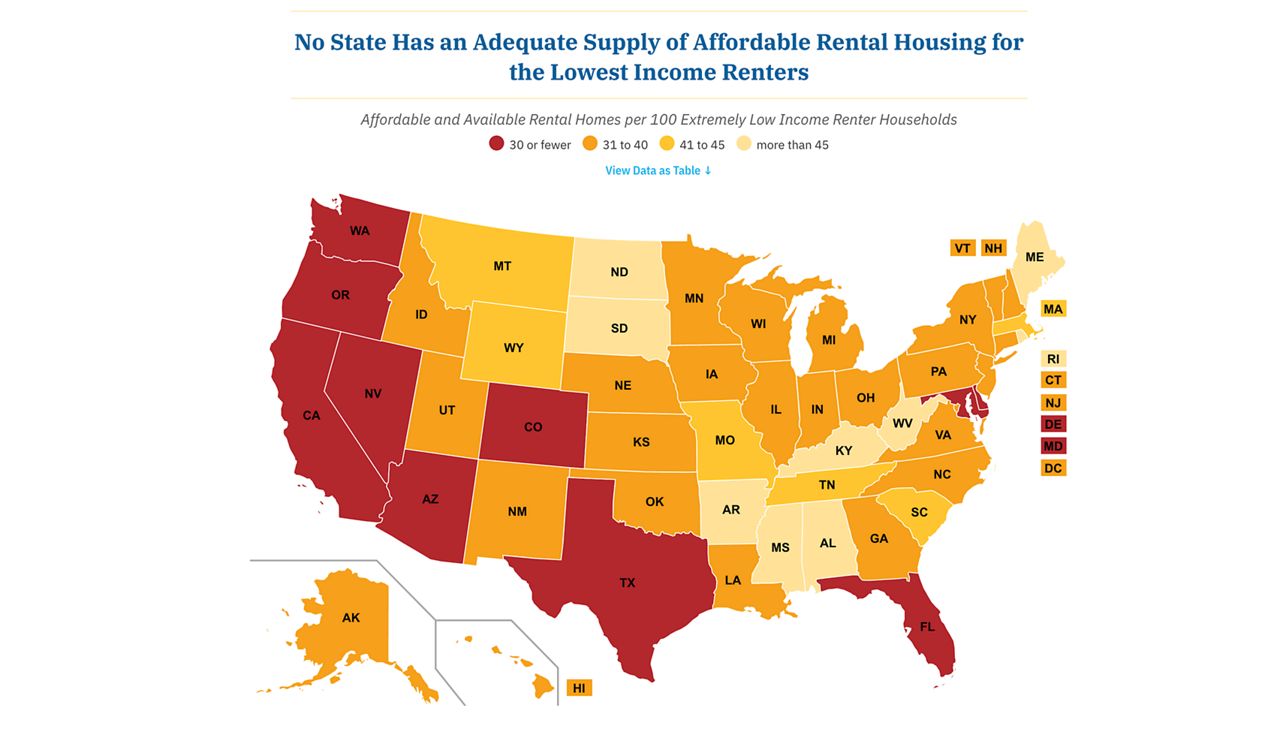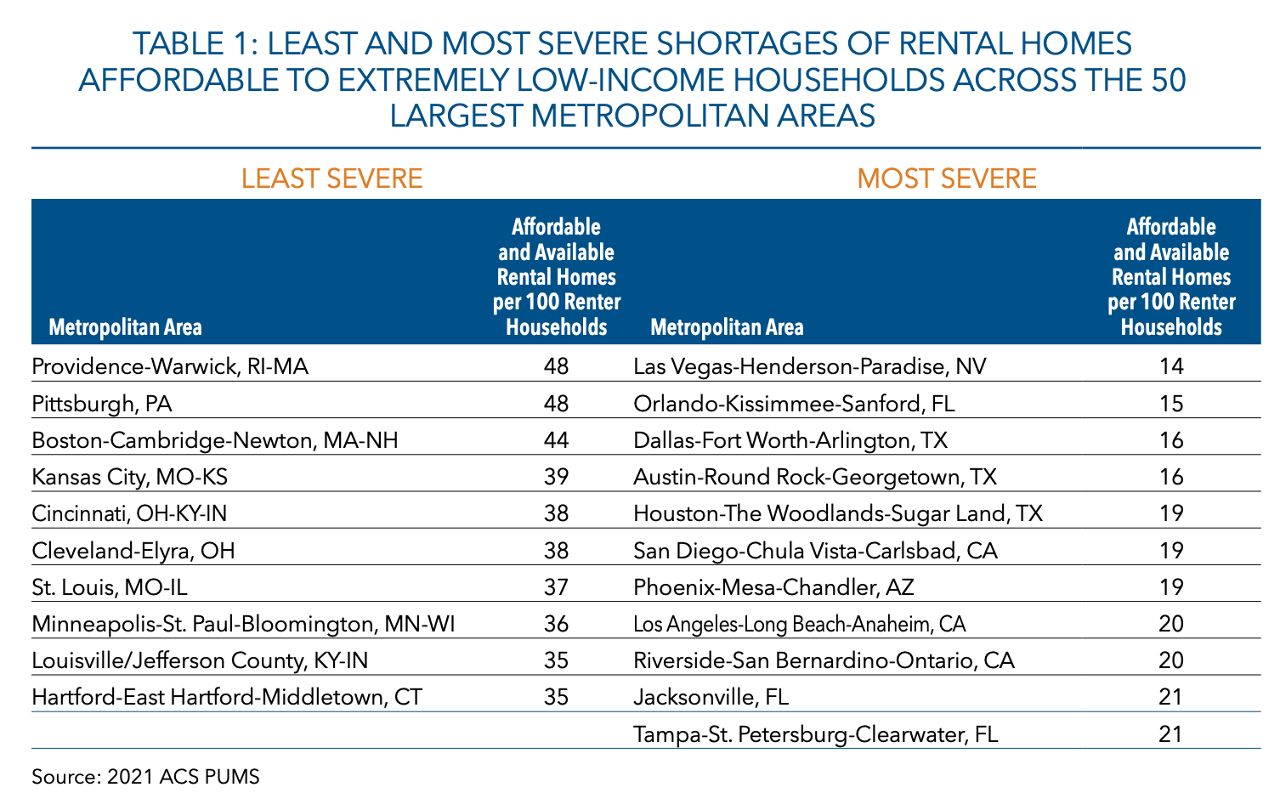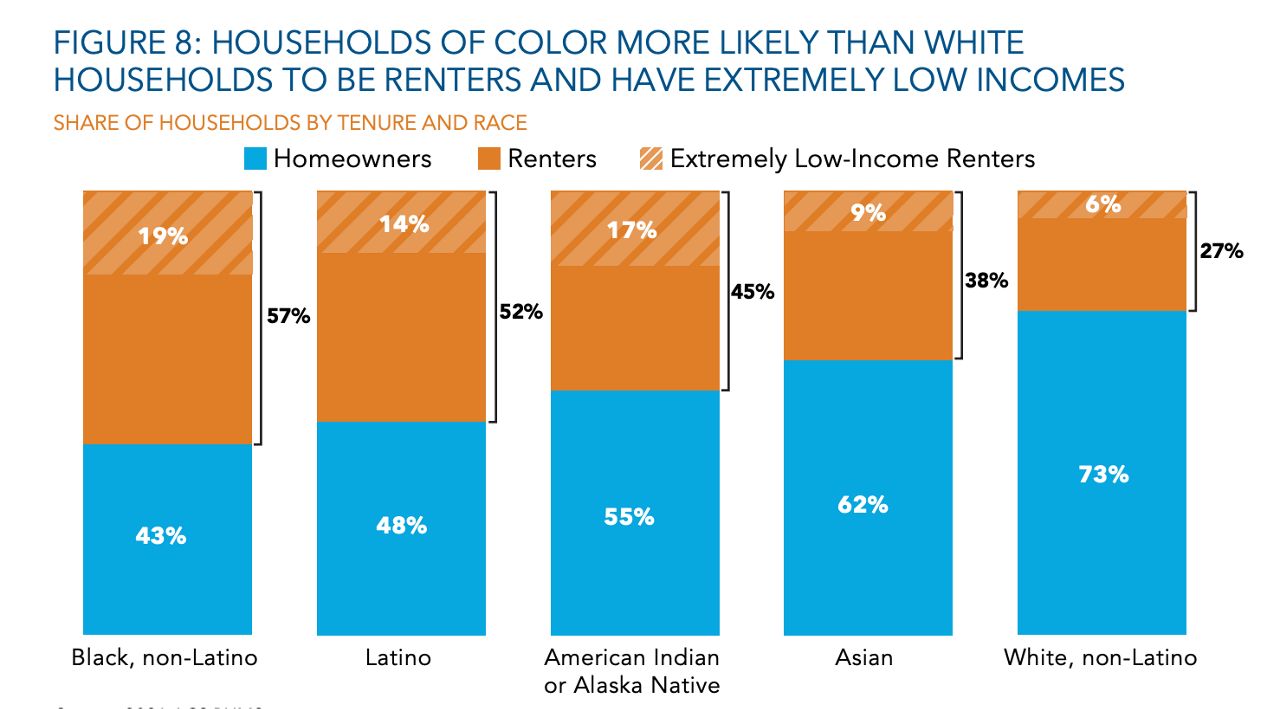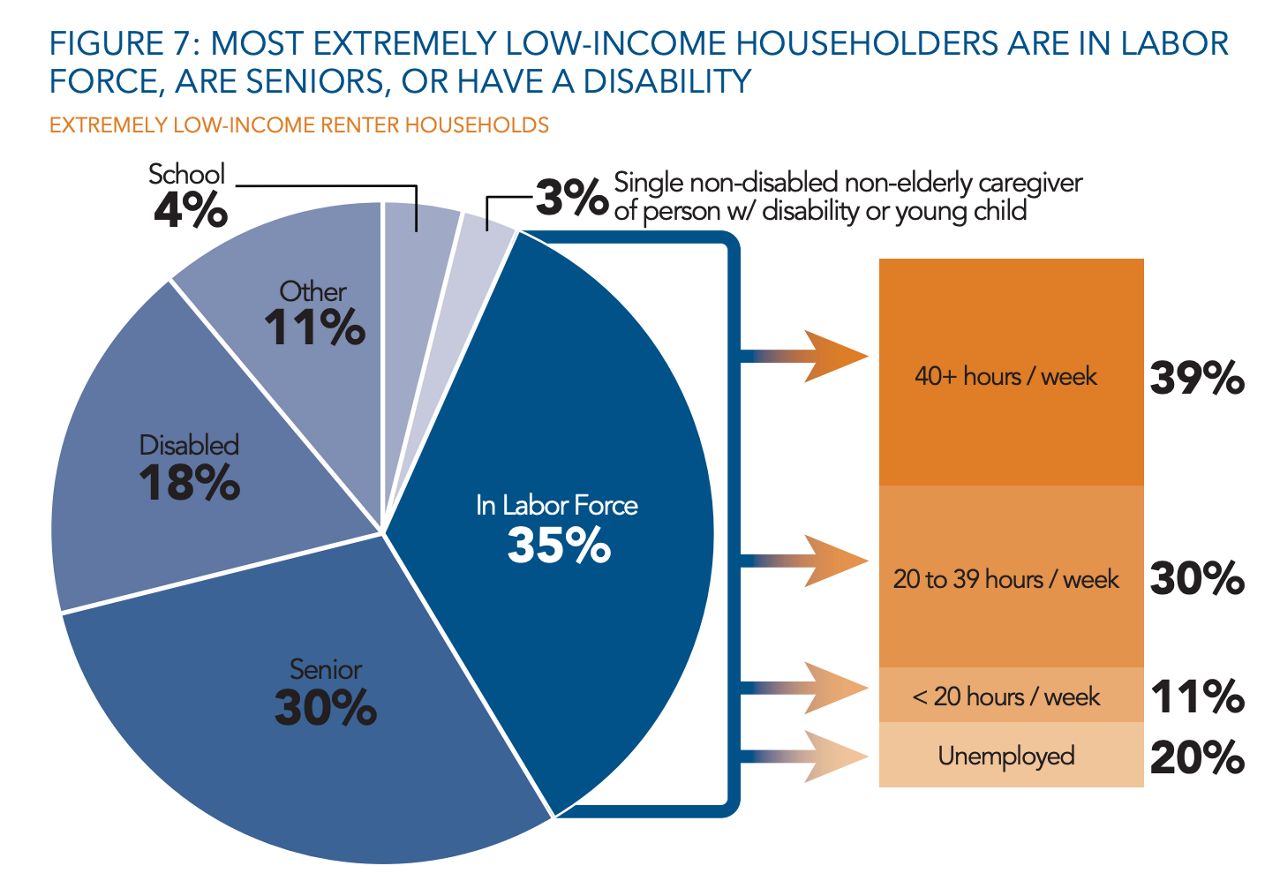TEXAS —Texas once again tops the nation for lack of available affordable housing in the latest National Low Income Housing annual report.
What You Need To Know
- The National Low Income Housing Coalition finds lack of affordable housing has gotten worse
- Annual report “The Gap” shows Texas’ affordable housing crisis continues to rise in ranks
- Nonprofit policy group Texas Housers says none of state’s $30 billion-plus budget went to renters
- NLIHC reports 22% of Texans are extremely low income and renters of color are overrepresented
“The Gap” report ranks Texas the sixth-worst state in the U.S. for affordable housing.

Austin, Dallas and Houston rank third, fourth and fifth for worst metropolitan areas in the country.
This year’s data shows the national average for affordable and available rental homes is 33 rental units per every 100 extremely low-income household.
Texas has 25 rental homes. Houston came in at 19. Austin and Dallas tied with only 16 affordable and available rentals.

Kecia Prince is still settling into her new two-bedroom apartment in North Austin. She couldn’t afford this home if wasn’t for her disability check and Section 8 housing voucher. Even with support, Prince’s annual income is $16,500 a year for the single mother and her son.
“I’m coming off of a divorce and I lost my job, my place and all that stuff and I was living on someone’s couch,” she said.
Prince is the face behind all these numbers. She makes up the 22% of Texans who are “extremely low-income renters.”
A disproportionate number are these renters are Black, Latino, Native and Alaskan Native because of historical and ongoing systemic racism that prevents BIPOC from owning a home and gaining generational wealth.

A majority are in in the labor force, seniors or have a disability, like Prince.

So why does Texas continue to fail at providing housing for the most vulnerable? Michael Depland, spokesperson for the advocacy group Texas Housers, said the problem is multifaceted.
“Like, how much time do you have?” he said.
The nonprofit policy group focuses on fair housing rights.
Just as the report states, Depland said severe affordable rental shortages, lack of state funded programs and subsidized housing, exclusionary zoning laws, population growth and inflation are some major factors.
“There’s so many avenues to expand affordable housing and make things better,” he said. “We just have to have the political will to do so.”
Depland tells Spectrum News Texas Housers researchers found that out of the more than $30 billion state surplus, none of that money went to renters or tenant rights programs.
The solution:
The Gap Report and Texas Housers agree: state and local government must invest in developing, preserving and funding low-income housing and financial assistance for renters.
“The Gap” concludes: “Only sustained and significant federal investments in rental housing can ensure that the lowest-income renters, who are disproportionately people of color, have affordable homes.”
Prince is the lucky one in four one in four extremely low-income renters in Texas who have access to affordable housing, and yet, she’s barely scraping by.
“As tenants, we don’t have a lot of rights, and everything’s geared toward the landlords,” she said.
Still, Prince spends the very little disposable income she has left to pay it forward to those even less fortunate than she.



